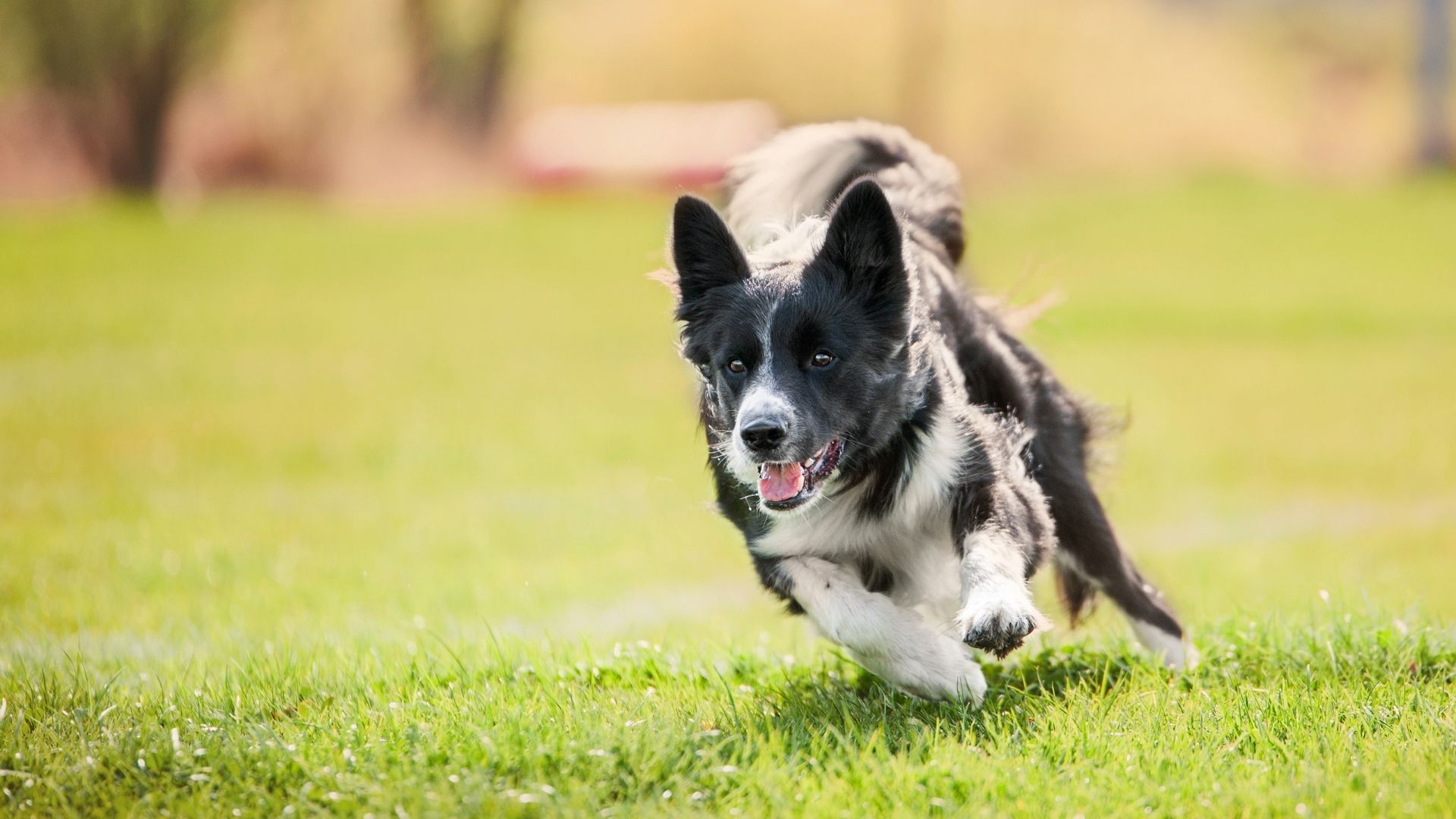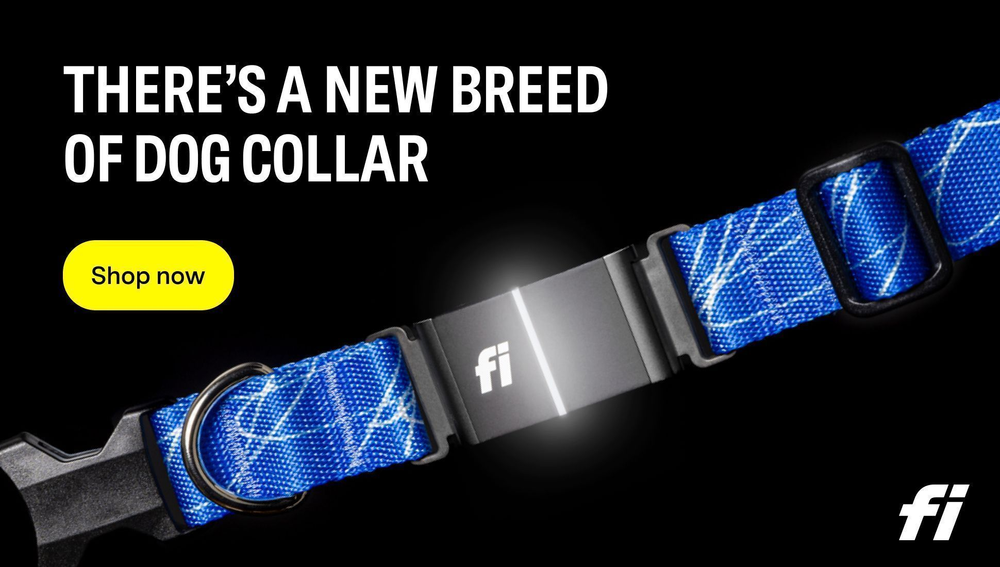Dogs, our loyal companions, exhibit a peculiar behavior that often puzzles pet owners: walking in circles before they die. This seemingly ritualistic act has sparked curiosity and various theories about its origin. In this article, we will unravel the mysteries behind this behavior, exploring evolutionary, medical, and psychological perspectives.

Additionally, we will delve into sensory changes in aging dogs, draw comparisons with other animals, and examine scientific studies. Throughout, we'll provide insights from veterinarians, share anecdotes from pet owners, and dispel common misconceptions. Join us on this journey to understand the canine mind and gain a deeper appreciation for the natural behaviors our furry friends exhibit in their final moments.
The Evolutionary Perspective
To comprehend why dogs circle before death, we must journey back to their ancestral roots. In the wild, circling served a practical purpose. It was a behavior ingrained in their instincts as a means to prepare a comfortable and safe spot to rest. Even in domestic settings, this behavior persists as a remnant of their evolutionary past.
Medical Explanations
In understanding why dogs walk in circles before they die, exploring the medical aspects is crucial. This behavior can often be linked to underlying health conditions, providing insights into the physical state of the dog.
Dogs, much like humans, can suffer from neurological issues that affect their mobility and behavior. Diseases such as vestibular disease, which impacts the inner ear and balance, may cause a dog to circle before passing away. It's essential to recognize the signs of these conditions early on to provide appropriate medical attention.

In some cases, pain or discomfort could be a driving force behind circling behavior. Dogs, being instinctively territorial animals, might circle to find a comfortable spot that alleviates physical distress. Arthritis or joint problems, common in aging dogs, could contribute to this discomfort.
Understanding the medical explanations requires vigilance on the part of pet owners. Regular veterinary check-ups can help identify and address health issues before they escalate, potentially influencing the circling behavior observed in a dog's final moments.
Psychological Factors
Beyond the physical, the psychological well-being of a dog plays a significant role in its behavior, especially as it nears the end of life. Dogs are known for their keen emotional sensitivity, and this is heightened during times of stress, illness, or aging.
As dogs age, they may experience heightened levels of anxiety or confusion. The approaching end of life can be a stressful period, and circling might be a manifestation of this emotional turmoil. It could be a way for the dog to cope with the changes happening within its body and mind.
Additionally, dogs form strong bonds with their human companions. The psychological connection they share can influence their behavior in their final moments. The need for reassurance, comfort, or even a desire to be close to their owners might be expressed through circling.
Understanding the psychological factors contributing to circling behavior involves observing changes in a dog's routine, appetite, and interactions. Creating a supportive and comforting environment can help alleviate the psychological stress a dog may experience as it approaches the end of its life.
Sensory Changes in Aging Dogs
As dogs age, they undergo a natural process of physical changes, and alterations in their sensory perception are a crucial aspect of this transformation. Understanding how sensory changes impact a dog's behavior sheds light on why they may exhibit distinctive circling behavior before reaching the end of their life.
- Vision: Aging can bring about a decline in a dog's vision. Diminished eyesight may make it challenging for a dog to navigate its surroundings with the same ease as before. Circling could be a compensatory behavior, allowing the dog to familiarize itself with the environment and find a comfortable spot.
- Hearing: Similarly, a reduction in hearing acuity is common in aging dogs. Circling might serve as a way for them to locate familiar sounds or respond to auditory cues, showcasing an adaptation to their changing sensory landscape.
- Olfactory Perception: A dog's sense of smell plays a vital role in its understanding of the world. Aging dogs may experience a decline in olfactory sensitivity. Circling behavior could be linked to an attempt to pick up scents or familiarize themselves with the olfactory cues in their surroundings.
Understanding these sensory changes is pivotal for pet owners. Providing a safe and predictable environment becomes crucial as dogs age. By accommodating their altered sensory capabilities, owners can help minimize stress and contribute to the overall well-being of their aging canine companions.
Observations from Pet Owners
Pet owners often serve as the first line of observers when it comes to understanding the behaviors of their dogs, especially in their final moments. Real-life accounts and observations offer valuable insights into the patterns and variations of circling behavior.
- Individual Differences: Not all dogs exhibit the same circling behavior before death. Pet owners report significant individual differences in how their dogs approach the end of life. Some may circle extensively, while others may not display this behavior at all.
- Comfort-Seeking Behavior: Many pet owners note that circling seems to be a comfort-seeking behavior. Dogs may circle in search of a cozy and secure spot, mirroring their natural instinct to create a safe space for rest.
- Changes in Routine: Observant pet owners often notice changes in their dog's daily routine as they age. Circling might be one of several behavioral changes that signal the dog's awareness of its changing physical and emotional state.
- Seeking Human Connection: Dogs are known for their strong bonds with humans. Some pet owners share observations of their dogs circling near them, seeking closeness and reassurance. This behavior highlights the emotional connection between dogs and their human companions.
- Variability in Health Conditions: Pet owners also observe that circling behavior can vary based on the underlying health conditions of their dogs. Dogs with certain ailments may circle more frequently, emphasizing the connection between physical health and behavior.

Comparative Animal Behavior
Exploring the behavior of animals beyond the canine realm provides a broader perspective on why dogs walk in circles before they die. Comparative animal behavior allows us to draw parallels and distinctions, offering valuable insights into the universality or uniqueness of this behavior.
- Avian Rituals: In certain bird species, circling behavior has been observed before death. Birds, like dogs, may engage in repetitive movements as a way to prepare for the end. Studying avian rituals sheds light on whether circling is a more widespread instinctual response across species.
- Mammalian Patterns: Observations of other mammals, such as elephants and big cats, reveal intriguing pre-death behaviors. Understanding whether circling is a shared characteristic among mammals or if it is specific to certain species can deepen our appreciation of its significance in the animal kingdom.
- Reptilian Responses: Reptiles, despite their different physiology, also exhibit distinctive behaviors before death. Exploring the reactions of reptiles to the end of life provides a contrast to mammalian behaviors, helping us discern whether circling is a behavior rooted in shared evolutionary history.
By examining the behaviors of various animals, we gain a more comprehensive understanding of the factors that influence end-of-life rituals. Comparative studies contribute to the richness of our exploration into why dogs, as social animals, may display circling behavior before their demise.
Scientific Studies and Research
The field of animal behavior science offers a treasure trove of insights into the intricacies of why animals, including dogs, exhibit certain behaviors. Research studies conducted by experts in the field provide a scientific lens through which we can analyze the phenomenon of dogs walking in circles before death.
- Neurological Correlations: Studies may investigate the neurological aspects of circling behavior in dogs, delving into the brain structures and pathways involved. Understanding the physiological underpinnings can illuminate whether there are commonalities with other animal species.
- Behavioral Triggers: Scientific research may explore the environmental and situational triggers that lead to circling behavior in dogs. Identifying these triggers can aid in developing strategies to address or alleviate the behavior in both domestic and wild settings.
- Comparative Cognitive Analysis: Comparative cognitive studies may analyze the cognitive processes involved in end-of-life rituals across different species. By comparing cognitive abilities, we can ascertain whether circling is a result of similar cognitive mechanisms or unique to canines.
Accessing the findings of rigorous scientific studies enriches our exploration, providing evidence-based explanations for the behaviors observed in dogs. These studies contribute to the ongoing dialogue about the complexity of animal cognition and behavior.
Understanding the Canine Mind
To decipher why dogs walk in circles before they die, we must delve into the intricate workings of the canine mind. Understanding their cognitive processes, memory, and recognition abilities is pivotal in unraveling the mystery behind this behavior.
- Instinctual Memory: Dogs, as descendants of wolves, carry instinctual memories deeply embedded in their genetic makeup. Exploring how these instinctual memories influence behavior sheds light on why circling, a behavior rooted in preparing a resting place, becomes prominent.
- Recognition of Scent and Space: Dogs navigate the world largely through their acute sense of smell. Understanding how a dog recognizes scents and interprets its spatial surroundings contributes to the comprehension of why circling is a natural response, serving both practical and instinctual purposes.
- Role of Emotions: Dogs are emotional beings, and their responses to stress, separation anxiety, and approaching death are integral to understanding circling behavior. Unraveling the emotional aspects of a dog's mind provides insights into why they may exhibit specific behaviors in their final moments.
Veterinary Insights
Veterinarians, with their professional expertise, play a crucial role in deciphering the behaviors of dogs, including the phenomenon of circling before death. Their insights provide a holistic understanding that encompasses both the physical and psychological aspects of a dog's end-of-life experience.
- Physical Health Assessment: Veterinarians are trained to assess the physical health of animals comprehensively. They can identify any underlying medical conditions that may contribute to circling behavior, whether it be neurological issues, pain, or other ailments.
- Behavioral Analysis: Veterinary professionals possess a keen understanding of animal behavior. Their observations and analyses extend beyond the physical symptoms, allowing them to interpret circling behavior in the context of a dog's overall well-being.
- End-of-Life Care Recommendations: Veterinarians can offer guidance on providing optimal end-of-life care for dogs. This may involve pain management, creating a comfortable environment, and addressing the emotional needs of the dog to ensure a dignified and peaceful transition.
Accessing veterinary insights is instrumental in debunking myths and misconceptions surrounding circling behavior. Their expertise provides a solid foundation for accurate information and compassionate care during a dog's final moments.

Common Misconceptions
Misconceptions about why dogs walk in circles before they die often arise due to a lack of understanding or misinformation. Dispelling these myths is essential for providing accurate information to pet owners and fostering a more compassionate approach to end-of-life care.
- Solely Ritualistic Behavior: One common misconception is that circling is purely a ritualistic behavior without any physiological basis. In reality, circling can be influenced by a combination of instinct, health conditions, and emotional factors.
- Uniformity in Behavior: Not all dogs exhibit circling behavior before death, leading to the misconception that it is a universal behavior. The variability in behavior among individual happy dogs emphasizes the importance of considering each case individually.
- Indication of a Specific Disease: Circling is often mistakenly perceived as a definitive sign of a particular disease. While it can be associated with certain health conditions, it is not exclusive to any single ailment. Veterinary assessment is crucial for accurate diagnosis.
Addressing these misconceptions promotes a more informed and empathetic understanding of why dogs engage in circling behavior before passing away. It encourages pet owners to approach their dog's end-of-life experience with clarity and compassion.
Cultural and Superstitious Beliefs
Cultural and superstitious beliefs surrounding animal behavior, including circling before death, add layers of complexity to our understanding. Exploring these beliefs provides insights into the societal perceptions and influences that shape our interpretation of such behaviors.
- Symbolism in Different Cultures: Circling behavior may be interpreted differently across various cultures. Some may view it as a symbolic ritual, while others may associate it with superstitions or omens related to the afterlife.
- Influence on Perception: Cultural beliefs can significantly influence how pet owners perceive and interpret their dog's behavior. Understanding these cultural influences allows for a more nuanced and respectful approach to diverse perspectives on the significance of circling.
- Impact on End-of-Life Practices: Cultural beliefs may also impact end-of-life practices for dogs. Some cultures may have specific rituals or customs associated with a dog's passing, including interpretations of circling behavior.
Dealing with End-of-Life Care for Dogs
Practical advice for pet owners is essential. In this section, we'll provide tips on how to offer comfort to a dog in its final moments. Understanding and accepting natural behaviors become integral aspects of providing compassionate end-of-life care.
Coping with Loss
The passing of a pet is a deeply emotional experience. How can pet owners cope with the loss? We'll offer guidance on handling the emotional toll, along with resources for support and grief counseling tailored to those who have lost a beloved companion.

Conclusion
In conclusion, the act of dogs walking in circles before they die is a multifaceted behavior rooted in evolution, health, and psychology. By unraveling the layers of this phenomenon, we gain a deeper appreciation for the natural instincts and emotions our canine friends exhibit in their final moments.
FAQs
- Is circling before death a universal behavior in all dogs?
- While it's observed in many dogs, not every dog exhibits this behavior. Individual differences and circumstances can influence the manifestation of this ritual.
- Can circling be prevented or discouraged in aging dogs?
- Circling is often a natural instinct, but providing a comfortable and safe environment can help minimize stress, potentially reducing the frequency of this behavior.
- Do all dogs experience stress or anxiety before death?
- Not necessarily. While some dogs may exhibit signs of stress or anxiety, others may pass away peacefully without displaying noticeable behavioral changes.
- Is circling behavior indicative of a specific medical condition?
- Circling can be associated with various medical conditions, but it's not exclusive to any particular ailment. A veterinary examination is crucial for a comprehensive diagnosis.
- How can pet owners best support a dog in its final moments?
- Providing a calm and familiar environment, offering gentle physical comfort, and spending quality time with the pet can contribute to a sense of peace and security in their final moments.




